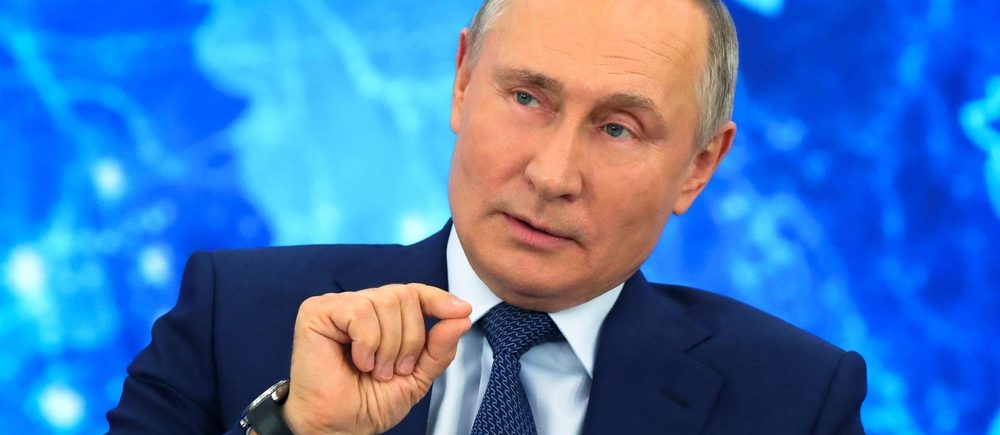On August 15, 2025, a highly anticipated meeting between U.S. President Donald Trump and Russian President Vladimir Putin in Alaska could reshape global financial markets. With discussions centered on a possible ceasefire in the Ukraine conflict, the outcome of this summit has the potential to influence energy prices, stock indices, defense stocks, currencies, and commodities. As markets already show early signs of optimism, investors are bracing for significant shifts depending on whether the talks yield a resolution or deepen tensions.
The energy sector is particularly sensitive to the meeting’s outcome. A successful ceasefire could stabilize or even lower oil and gas prices by reducing the risk of supply disruptions tied to the Ukraine conflict. This would ease the burden on consumers but could dent the profits of energy companies. However, if the talks falter, persistent or heightened tensions could keep energy prices elevated, fueling global inflation and increasing costs for households and businesses alike.
Stock markets have already reacted positively to the announcement. In the U.S., major indices like the S&P 500 and Nasdaq 100 have climbed, reflecting investor hopes for reduced geopolitical risks. Russian stocks have surged even more dramatically, with a reported 4.5% jump, signaling strong local market confidence. Should the summit lead to a breakthrough, these gains could solidify. Conversely, a failure to reach an agreement might trigger volatility, potentially erasing recent gains and prompting a shift toward safe-haven assets.
Defense stocks, such as those of Lockheed Martin and Raytheon, face a different dynamic. A de-escalation in Ukraine could reduce demand for military equipment, potentially leading to a dip in these companies’ stock prices. On the other hand, if the conflict persists, heightened demand for defense products could drive these stocks higher, as global militaries continue to bolster their capabilities.
Currency markets are also in focus. A positive outcome, such as eased sanctions or reduced tensions, could strengthen the Russian ruble against the U.S. dollar, while a slight weakening of the dollar might occur as global risk appetite improves. However, if the summit yields no progress, the ruble could weaken further, and the dollar might gain as investors seek safety.
Beyond energy, commodities like wheat, where Russia is a major exporter, could see price stabilization if supply chains normalize post-ceasefire. Failure to reach an agreement, however, might disrupt these supply chains, driving up prices and affecting global food markets.
While these potential impacts are speculative, the initial market reactions suggest a wave of optimism. Investors are closely monitoring developments, with some analysts estimating an 85% likelihood of the meeting occurring as planned. The outcome of this summit could either reinforce this positive sentiment or introduce new uncertainties, making it a pivotal moment for financial markets worldwide.

 Noor Trends News, Technical Analysis, Educational Tools and Recommendations
Noor Trends News, Technical Analysis, Educational Tools and Recommendations




